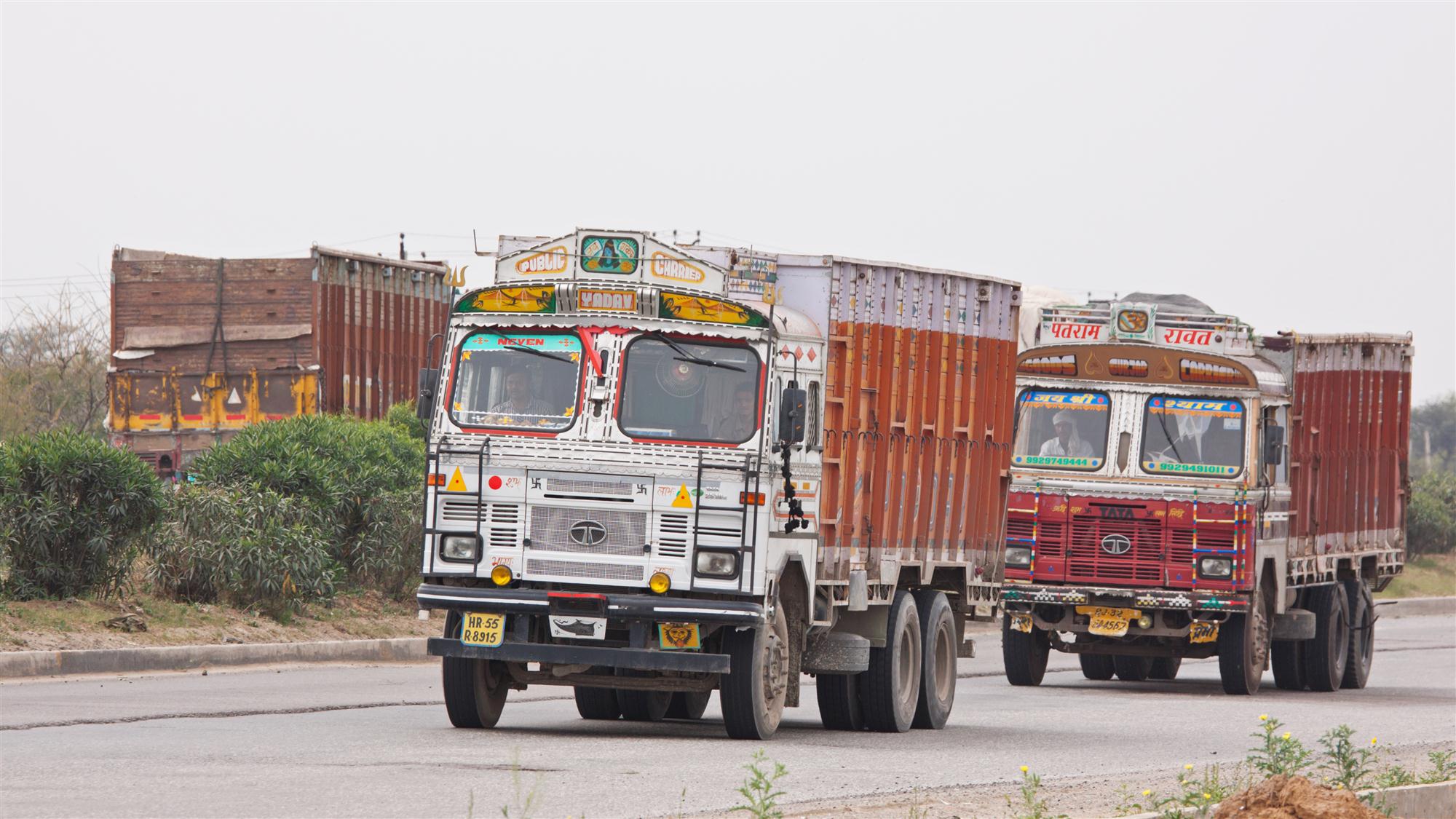International logistics firm Agility is broadly optimistic about the coming year in its Emerging Markets Logistics Index 2019.
The index weighs the current opportunities and future potential of 50 national markets against operational realities and openness. Despite some problems such as the looming US-China trade war and Brexit, Agility reports a healthy continuum and some changes.
Ongoing is China’s dominance, with a big change being the challenge offered by India. China ranked first overall for the ninth successive year, and topped the domestic and international logistics opportunity rankings, Agility said.
“More than 500 survey respondents also rated China as the market with the second-highest potential as an emerging logistics market, after India,” the report said.
Survey respondents were bullish about prospects for the Belt & Road Initiative (BRI), with 63.9% of them indicating projects would spur growth in China and boost trade with its neighbours. In addition, 44.9% of respondents expect rapid growth in China’s e-commerce market to continue, it added.
Despite this, China cannot be complacent as India, ranked second overall in 2019, is seen as having more potential in the long term, with survey respondents ranking it as the market with the highest potential over the next five years.
“At 48.1%, nearly half of those surveyed expect India’s e-commerce market to grow as fast or faster than China’s online retail sector,” it added. This will grow alongside India’s air freight market; the two are expected to grow at compound annual growth rates (CAGR) of 9.1% and 10.9%, respectively, over the five years to 2022.

The index also refers to research by Nasscom and PwC India and forecasts that the country’s e-commerce market will expand from US$35 billion in 2018 to US$100 billion by 2022, in turn creating 1 million new jobs as an additional 100 million users start shopping online.
This is part of a broader pattern, with nearly the same number (47.7%) of those surveyed expecting more e-commerce outsourcing in the coming years. Cross-border express and the management of e-fulfilment centres were seen as the areas with the highest potential.
One issue the index flags in this respect is how red tape could hold back the very SMEs it believes are well-placed for growth.
Much bigger still is a possible trade war, with tensions between the US and China risking a 10.4% fall in volumes. This, though, has a potential upside for Southeast Asian nations with Indonesia, Malaysia, Vietnam, Thailand and the Philippines – all in the index’s Top 20 – being mentioned as likely gainers should such a conflict start.
The “standout driver” – the index’s words – in all this is Vietnam.
Domestically, the country has solid but not remarkable logistics opportunities. Both contract logistics and domestic express markets are around US$750 million in value per year with healthy growth rates, and GDP per capita is among the highest of the 50 emerging markets in the Index.
Good as that is, it is on the international side where Vietnam has developed real strength.
It rates as the fifth-largest market for logistics-intensive goods trade by value. “This advantage is expected to strengthen further as strong growth in both imports and exports is expected over the next five years,” the index said.
Helping this, the country’s sea freight market also plays a key role in strong international logistics performance. A network of more than 160 ports throughout the country, with main gateways at Ho Chi Minh City, Haiphong and Da Nang, have annual capacity of more than 11 million TEUs, with estimates of Vietnam’s sea freight market growing at a 15.3% CAGR over the five years to 2022.
There are, though, some problems within this group of Southeast Asian nations. Vietnam, while praised for its hardware and its potential, is also marked as needing room for improvement in terms of the business fundamentals sub-index with “the need to address regulatory burden in particular” being underscored.
The domestic parcel market in Indonesia, which is expected to log strong growth, is expected to have a CAGR of 11.3% between 2017 and 2022, also has the drawback of “a relatively higher regulatory burden than some neighbouring markets.”
Higher regulation is not the only problem Indonesia faces. “However, tighter monetary policy globally, delays to public infrastructure projects and cooling Chinese momentum could present headwinds for Indonesia in 2019, and a resurgence of US-China trade tensions poses a downside risk,” the index added.
Infrastructure is also positively flagged in Malaysia, which is second on the business fundamentals sub-index and aiming to position itself as the ASEAN logistics hub. As such, it has prioritized developing the country’s logistic infrastructure with port upgrades and expansion, road networks and IT systems.
What the index reports – and which is a further signal of Malaysia’s ambition – is the priority being given to skills and expertise among the local workforce as the country moves into high-value logistics capability across supply chain network design, integrated warehouse management, IT and sophisticated crane operations.
By Michael Mackey
Southeast Asia Correspondent | Bangkok



